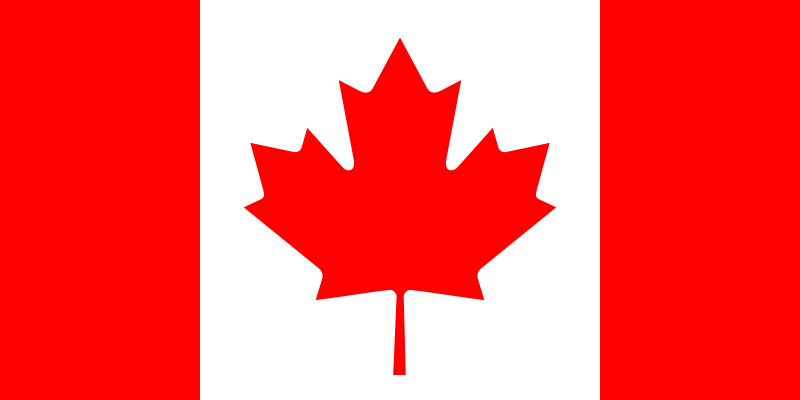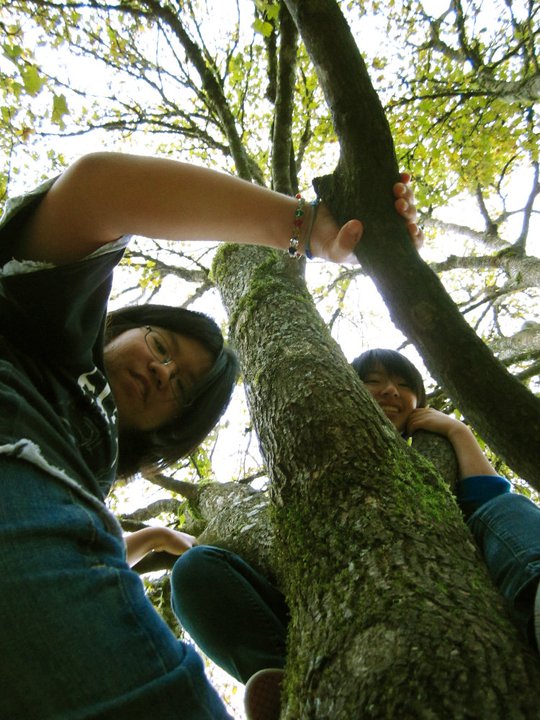In this lesson I say that it should be clear that the discourse on nationalism is also about ethnicity and ideologies of “race.” If you trace the historical overview of nationalism in Canada in the CanLit guide, you will find many examples of state legislation and policies that excluded and discriminated against certain peoples based on ideas about racial inferiority and capacities to assimilate. – and in turn, state legislation and policies that worked to try to rectify early policies of exclusion and racial discrimination. As the guide points out, the nation is an imagined community, whereas the state is a “governed group of people.” For this blog assignment, I would like you to research and summarize one of the state or governing activities, such as The Royal Proclamation 1763, the Indian Act 1876, Immigration Act 1910, or the Multiculturalism Act 1989 – you choose the legislation or policy or commission you find most interesting. Write a blog about your findings and in your conclusion comment on whether or not your findings support Coleman’s argument about the project of white civility. (Dr. Erika Paterson)
To answer this question, I decided to look at the Head Tax and Chinese Exclusion Act, legislation notorious for their racial controversy. One of the first things that caught my attention was the fact that these were enacted after the Canadian Pacific Railway was finished. Before, I have always assumed that these acts were enacted as a way to deter Chinese immigrants from “stealing” local railway jobs. Yet, I think the biggest effect of the Act was not taking away Chinese peoples’ intentions of working in Canada, but dividing families where fathers/husbands had worked on the CPR while mothers/wives and children had stayed behind in China, hoping to reunite someday (see details in hyperlinked sources).
While the head tax and Exclusion Act were clearly racist legislation, I can still sense the fear of infiltrating foreigners today. For example, many people grumble over foreign property purchases that are allegedly pushing up Vancouver housing prices (which—as a family dinner conversation brought up—may or may not be true). For a (rather controversial) list of reasons why the head tax was justified, read this. You can then make up your own interpretation…
But there’s a big difference here: most people today would lament immigration in general (if they would even lament) without targeting any specific origins. Indeed, I feel that any type of fear today is about lack of homogeneity in Vancouver society rather than a dislike for specific types of people. Metro Vancouver has so many cultural enclaves sometimes it’s hard to remember you’re in the same city. There’s a specificity in the Chinese Exclusion Act that strikes a nerve. In other words, an “Immigration Exclusion Act” would be more acceptable than a “Chinese Exclusion Act.” (Of course, there are problems with that too, but you see my point).
Incidentally, while researching, I stumbled on a rather incredible but forgotten story: that of 150 years of amiable shared relations between BC’s First Nations and BC’s first Chinese. United in their shared experience of second-class members of society and discrimination, this is a forgotten story in the Canadian lexicon, one that has perhaps been dwarfed by the “white civility” (qtd. in Paterson) Coleman mentions.
Cedar and Bamboo Teaser: Chinese and Aboriginal Relations since 1788 from MacRae Multimedia on Vimeo.
Journalist Justine Hunter calls this a “symbiotic relationship.” Her article is quite revealing: for example, the Sto:lo have named hills across the Coquihalla River as “Lexwpopeleqwith’aim” or “always screech owls,” a reference to the belief that ghosts of Chinese workers still haunt after their being killed in a blast. Here’s another insightful article about this forgotten history of Chinese and Indigenous co-operation.
I had heard of this relationship very briefly—maybe one line, or a phrase, spoken in a long-forgotten social studies class. So why is this story forgotten? Indeed, it feels like it is on the “periphery” of the rest of Canadian history. One may even ask why we should care: surely, nothing “productive” came out of this relationship of two rather powerless minorities—no laws, no big protest movement even, maybe a few mixed-heritage families at most.
Maybe it’s been forgotten because no colonists were involved, except perhaps in the context of a “common enemy” figure in the story. This is “1) the fictive element of nation building, and 2) the necessary forgetfulness required to hold that fiction together” Dr. Paterson mentions in her latest lesson (summarizing Coleman). Chinese people quite literally built an integral part of this country, and Indigenous peoples have been part of this country for millennia; yet, the contributions of these people and their partnership seem to have been forgotten in favour of the colonial story. As if Canada didn’t officially “start” until settlers moved in.
Works Cited
“Chinese & First Nations.” Chinese Canadian Stories. Chinese Canadian Stories, n.d. Web. 24 June 2015.
Chinese Canadians and First Nations: 150 Years of Shared Experience. Chinese Canadian Historical Society of BC, n.d. Web. 24 June 2015.
“Chinese Head Tax and Exclusion Act.” Chinese Canadian National Council. Chinese Canadian National Council, n.d. Web. 24 June 2015.
Hunter, Justine. “A Forgotten History: Tracing the Ties between B.C.’s First Nations and Chinese Workers.” The Globe and Mail. The Globe and Mail, 9 May 2015. Web. 24 June 2015.
Jang, Brent. “Foreign Buyers Are Not Driving up Housing Prices, B.C. Group Says.” The Globe and Mail. The Globe and Mail, 10 June 2015. Web. 24 June 2015.
Ma, Suzanne. “A Tour Of The Deep Relationship Between B.C. Chinese Immigrants, First Nations.” The Huffington Post. TheHuffingtonPost.com, 23 Sept. 2012. Web. 24 June 2015.
MacRae Multimedia. “Cedar and Bamboo Teaser: Chinese and Aboriginal Relations since 1788.” Vimeo. Vimeo, 2009. Video. 24 June 2015.
“No More Chinese!” Road to Justice. MTCSALTC, n.d. Web. 24 June 2015.
“Our History.” Canadian Pacific Railway. Canadian Pacific, n.d. Web. 24 June 2015.
Paterson, Erika. “Lesson 3:1.” ENGL 470A Canadian Studies Canadian Literary Genres May 2015. University of British Columbia Department of English, n.d. Web. 24 June 2015.
“Some Politically Incorrect Conclusions About The Chinese Head Tax and Chinese Exclusion Laws.” IWC. Immigration Watch Canada, 5 April 2006. Web (press release). 24 June 2015.
“Taxing the Chinese.” Road to Justice. MTCSALTC, n.d. Web. 24 June 2015.


